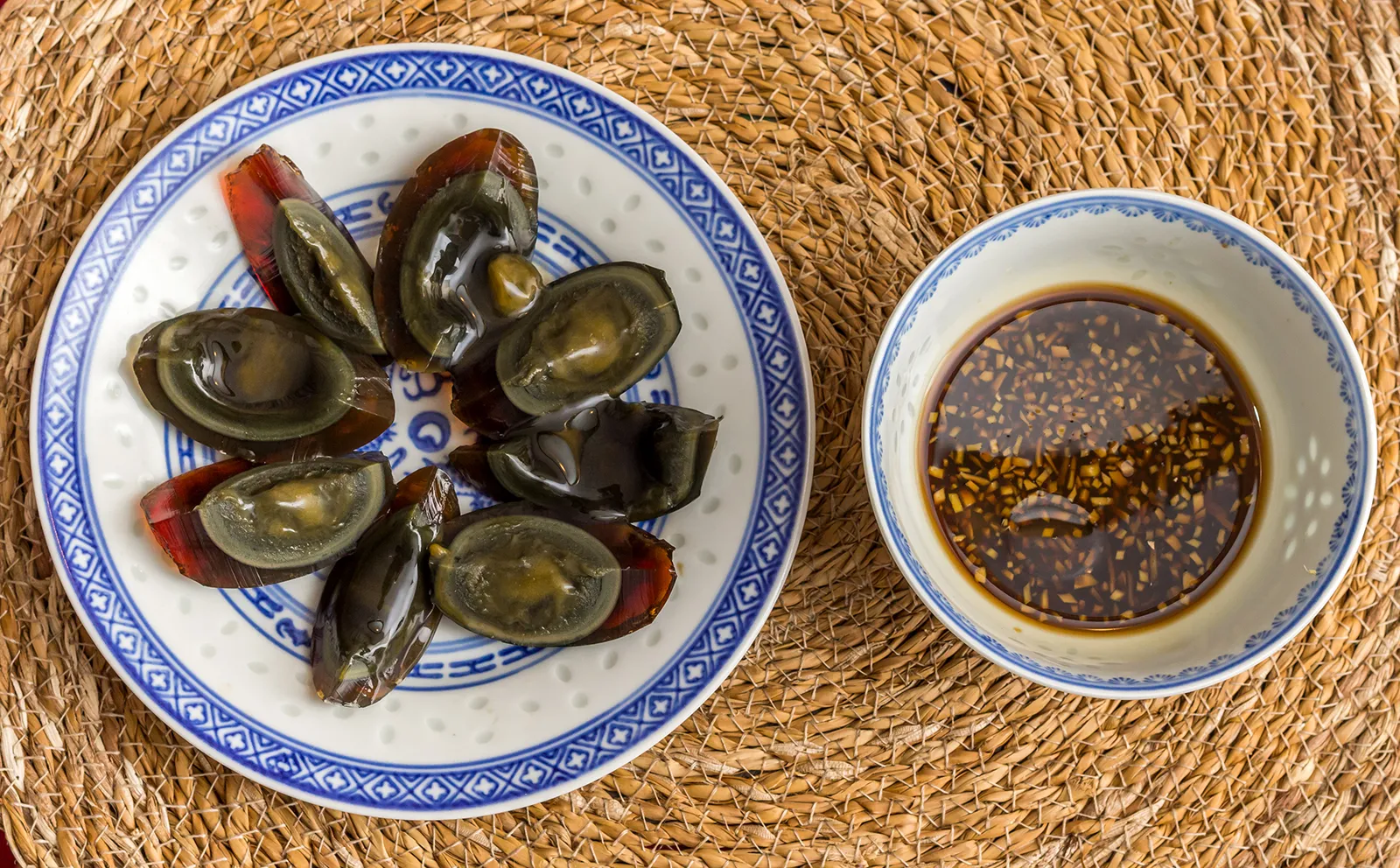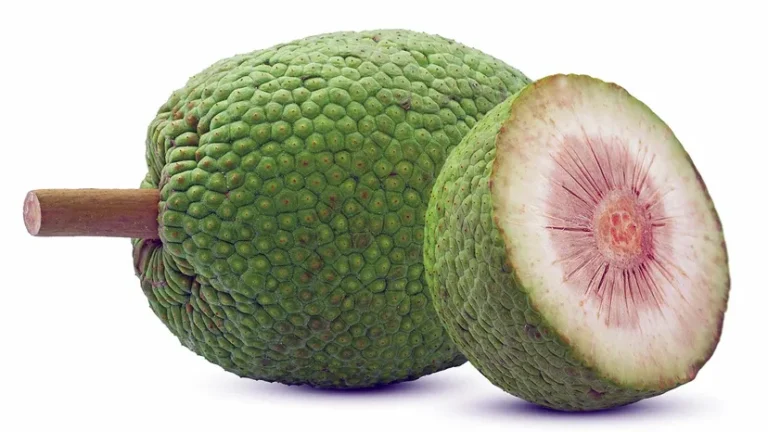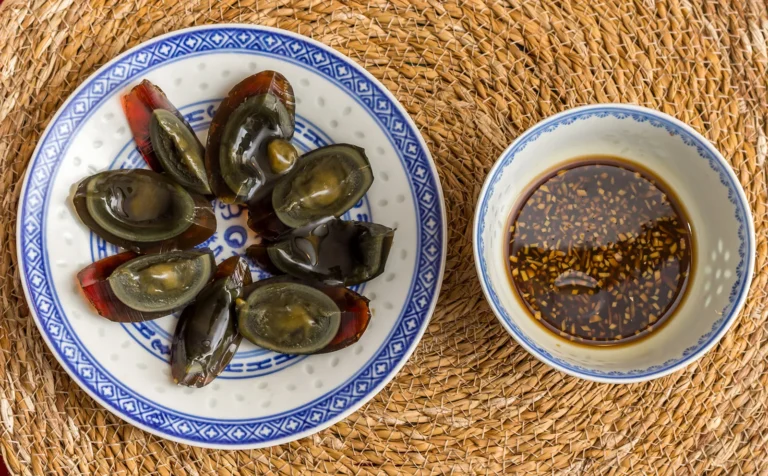
Introduction
Food is one of the greatest adventures life has to offer. While most of us stick to familiar flavors and comfort dishes, there’s an entire world of extreme, bizarre, and mind-blowing culinary experiences waiting to be explored.
From poisonous fish to century-old eggs and even insects considered delicacies, these strange foods often come with fascinating cultural traditions and unique preparation methods.
If you’re a daring foodie looking for the most out-of-the-box dishes, this list will take you on a global journey through some of the world’s most shocking, unusual, and exotic foods.
1. Fugu (Japan) – The Deadly Delicacy 🐡
Fugu, or pufferfish, is one of the most dangerous dishes in the world. It contains tetrodotoxin, a poison that can paralyze and kill within hours if prepared incorrectly. Yet, in Japan, it is a highly prized dish, and chefs undergo years of rigorous training to learn how to remove the deadly parts while keeping the fish’s delicate flavor intact.
🔹 Where to Try It:
- Tokyo’s Zuboraya or Fugu Fukuji specialize in fugu sashimi, tempura, and hot pot.
🔹 Why It’s Extreme:
- A single mistake in preparation can be fatal.
- The thrill of eating something so dangerous makes it a bucket-list food for adventurous diners.
2. Casu Marzu (Italy) – The Maggot Cheese 🧀
Hailing from Sardinia, Casu Marzu is a sheep’s milk cheese famous for one shocking reason—it’s infested with live maggots! These tiny larvae help ferment the cheese, creating a soft, almost liquid texture with an intense flavor. Some locals even eat it while the maggots are still moving.
🔹 Where to Try It:
- Since it’s technically illegal in Italy, you’ll need local connections in Sardinia to get your hands on this forbidden cheese.
🔹 Why It’s Extreme:
- Eating live maggots isn’t for the faint of heart.
- The texture is strong, and the ammonia-rich taste is overwhelming.
3. Balut (Philippines) – The Embryo Egg 🥚
Balut is a fertilized duck egg that is boiled and eaten with the partially developed embryo inside. The egg contains a mix of soft yolk, broth, and the tiny duckling itself, bones and all. It’s considered a protein-rich delicacy and a street food favorite in the Philippines.
🔹 Where to Try It:
- Manila’s Pateros Market is known for the freshest balut.
- Vietnam and Cambodia also have their own versions.
🔹 Why It’s Extreme:
- The sight of a partially developed duck inside the egg can be shocking.
- The mix of textures (runny yolk, chewy meat) is unusual.
4. Century Egg (China) – A 100-Year-Old Surprise 🥚
Century eggs, also called 100-year eggs, are preserved duck, chicken, or quail eggs that have been aged in a mixture of clay, ash, and quicklime for several months. The result? A dark green yolk, jelly-like whites, and a strong ammonia smell that many describe as “a punch to the face.”
🔹 Where to Try It:
- Dim sum restaurants in Hong Kong, Beijing, and Taiwan often serve century eggs with congee.
🔹 Why It’s Extreme:
- The texture is alien-like, and the taste is strong.
- The smell alone can be overwhelming for first-timers.
5. Hákarl (Iceland) – Fermented Shark 🦈
Hákarl is rotten shark meat that has been buried underground for months and then dried for weeks. This Icelandic specialty has an ammonia-rich, overpowering smell, often compared to cleaning products. Even locals admit it’s an acquired taste, best eaten with a shot of Brennivín (Icelandic schnapps).
🔹 Where to Try It:
- Reykjavík’s Café Loki or Björgvin’s Market serve hákarl year-round.
🔹 Why It’s Extreme:
- The smell alone can make people gag.
- It has a chewy texture and a strong, fishy aftertaste.
6. Mopane Worms (South Africa) – A Crunchy Treat 🐛
Mopane worms are large, colorful caterpillars that are a staple protein source in South Africa and Zimbabwe. They’re usually dried, fried, or stewed and have a meaty texture with a nutty flavor.
🔹 Where to Try It:
- Johannesburg’s street markets or restaurants like The Carnivore serve them as a crunchy snack.
🔹 Why It’s Extreme:
- Eating worms can be mentally challenging for many.
- The chewy, crunchy texture is very different from traditional meats.
7. Stinky Tofu (Taiwan) – The Smelliest Snack 🧄
Stinky tofu is fermented for weeks or months, developing a powerful rotten odor that smells like sewage but tastes surprisingly delicious. It’s a popular street food in Taiwan, Hong Kong, and China, often deep-fried and served with pickled vegetables.
🔹 Where to Try It:
- Shilin Night Market in Taipei is famous for its stinky tofu stands.
🔹 Why It’s Extreme:
- The stench can be unbearable for first-timers.
- The strong, fermented taste lingers in the mouth.
8. Sannakji (South Korea) – Live Octopus 🐙
Sannakji is live baby octopus, cut into pieces and served immediately. The tentacles continue to wriggle on the plate, making it a truly interactive dining experience. You have to chew quickly, as the suction cups on the tentacles can stick to your throat.
🔹 Where to Try It:
- Seoul’s Noryangjin Fish Market is the best place for fresh sannakji.
🔹 Why It’s Extreme:
- The moving tentacles make it feel alive in your mouth.
- There’s a choking hazard if not chewed properly.
9. Surströmming (Sweden) – The World’s Smelliest Fish 🐟
Surströmming is fermented herring that has such an intensely foul smell that it is often eaten outdoors to prevent stinking up homes. Some describe the smell as “a mix of rotten eggs and garbage.” Despite its stench, Swedes love it on crispbread with onions and sour cream.
🔹 Where to Try It:
- Höga Kusten in Sweden has festivals dedicated to Surströmming.
🔹 Why It’s Extreme:
- The smell alone can make some people vomit.
- It’s one of the strongest-tasting fish dishes in the world.
Conclusion: Dare to Try These Extreme Eats?
Food isn’t just about nourishment—it’s about experience, adventure, and pushing boundaries. These extreme dishes are more than just shock-value meals; they represent centuries-old traditions, survival techniques, and unique flavors.


